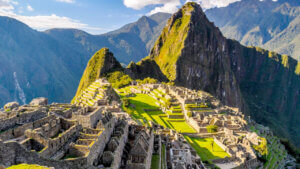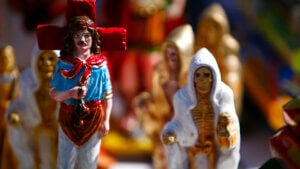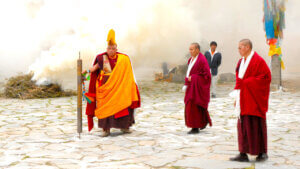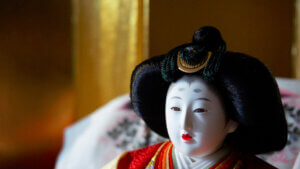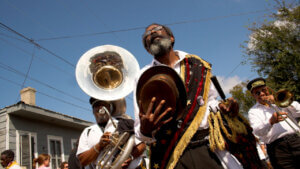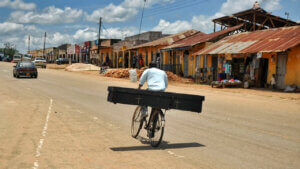Egypt
City of a Thousand Minarets & City of the Dead
Introduction
Cairo is often called the City of a Thousand Minarets. This actually is a nod to Islam’s strong presence in the city. Even more importantly, it also shows that Islam has defined the architecture of Cairo making it one of the most dense concentrations of Islamic architecture in the world. With this article we explore the streets of Cairo and focus on its Islamic funeral practices. We also discuss how many of medieval and modern funeral practices are echoes of Ancient Egyptians beliefs and rituals. Finally, we also spend time in the famous City of the Dead and learn more about its tomb-dwellers.
City of a Thousand Minarets
Over 90% of Egyptians are Muslims (2014), with Islam turning more conservative in Egypt during the last 40 years. Because of that, it is no surprise that modern burial customs vary widely to their ancient, pre-islamic counterparts.
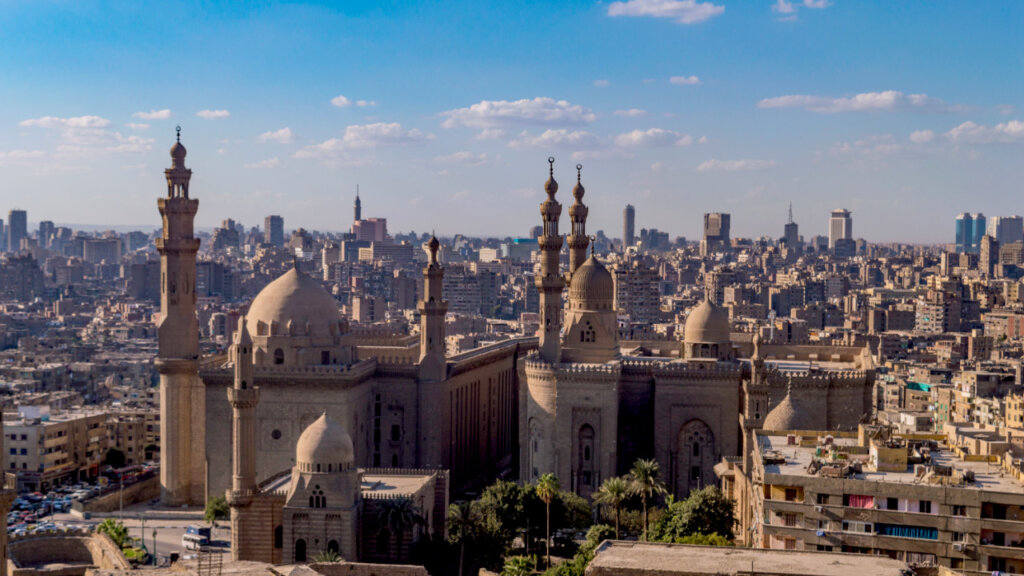
Islamic Funerals
Egyptians tend to bury their dead as soon as possible after death. This is partly so in order for them to avoid embalming the corpse. After all, Islamic beliefs dictate that the relatives should not disturb the body. Moreover, they instruct Muslims to wash the body well and wrap it in a kafan, a special funerary white fabric.
A traditional Egyptian funeral
Furthermore, the funerary prayers (called janazah) always take place in a Mosque, with an Imam being in charge. After the Imam finishes the janazah, the men take the body to the mausoleum of the family. Similarly to Islamic traditions around the world, the body has to always face Mecca. It is also not common for Egyptians to use tombstones or other grave markers.
In addition to all of that, the official mourning period is 40 days. During this period loved ones of the deceased have special prayers for the dead’s soul. Finally, the average cost of a modern Islamic funeral in Egypt varies from 300 to 2.500 USD.
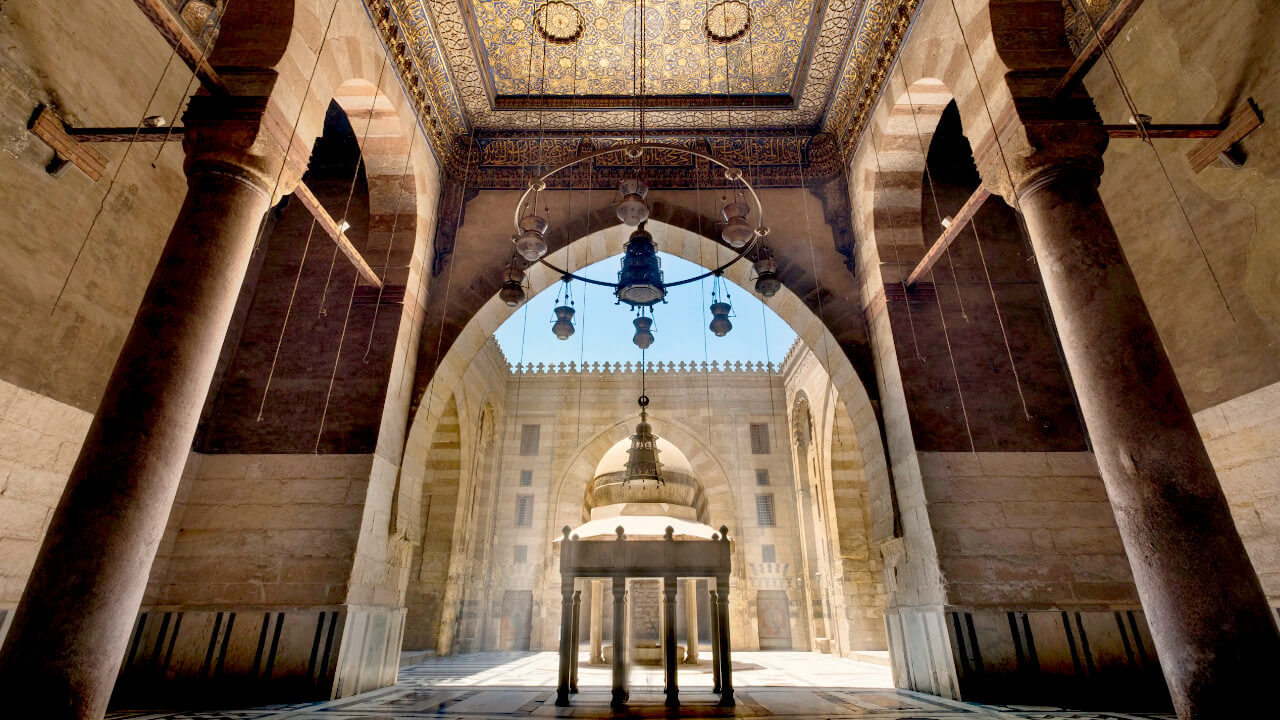
Echoes of Ancient Egypt
However, next to these strictly Islamic funerary practices, another interesting phenomenon takes place in Egypt: Many present-day death beliefs are comparable to Ancient Egyptian practices. That applies both to Muslim and Christian Egyptian death practices. After all, both religions believe that death signifies the split of the eternal, immortal soul from the fleeting, physical body.
The Visiting Soul
Egyptian beliefs preach that the soul of the dead visits the grave multiple times. The soul returns firstly on the third day and then consecutively seven, fifteen and forty days after death. Additionally, Egyptians believe that the soul will continue returning every Friday. Connecting that with Islamic beliefs, the spirit of the prophet also visits the grave in order to smell the aloe plant that is often found next to graves.
Moreover, when the soul is not visiting it is stuck either in the underworld or in heaven. Interestingly this is a belief shared both by Egyptian Muslims and Copts – a Christian denomination.
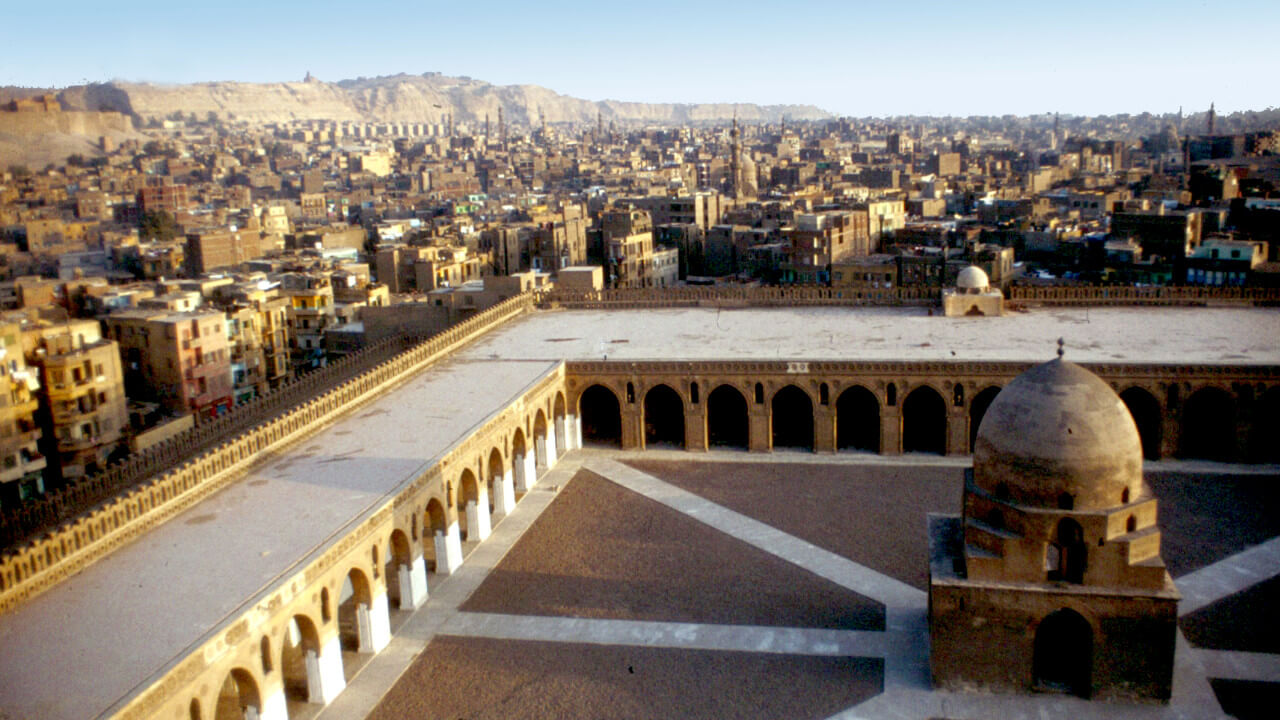
Professional Mourners
The most astonishing similarity, though, between ancient and modern Egyptian funeral practices is in regards to mourning. Specifically, after the one’s death, their female loved ones take it upon them to become professional mourners. Moreover, their grief can be very intense depending on how close they were with the deceased. For example, these women may roll on the floor and tear up their clothes or even scratch their faces and punch their breasts.
Almost identical lamentations took place during the funeral of Ramose, a vizier during the 18th Pharaonic Dynasty (around 1400BC). Contracted women were screaming loudly, weeping and tearing their clothes off.
Letters to the Dead
One of the most peculiar Egyptian death practices from older times that made it all the way to modernity, are the death letters. In other words, these were letters addressed to the dead that the living would write for closure. Egyptians may publish these letters on newspapers and use them as a way to get closure. Up until the 1970s, around 14% of educated Egyptian were still writing these letters.
However, the letters to the dead were not the only way to communicate with the dead. Alternatively, the dead may also appear in dreams that occur as a result of istikhara – referring to asking Allah for guidance. Additional means of communication is to touch the top of a loved one’s grave and say the Salam greetings.
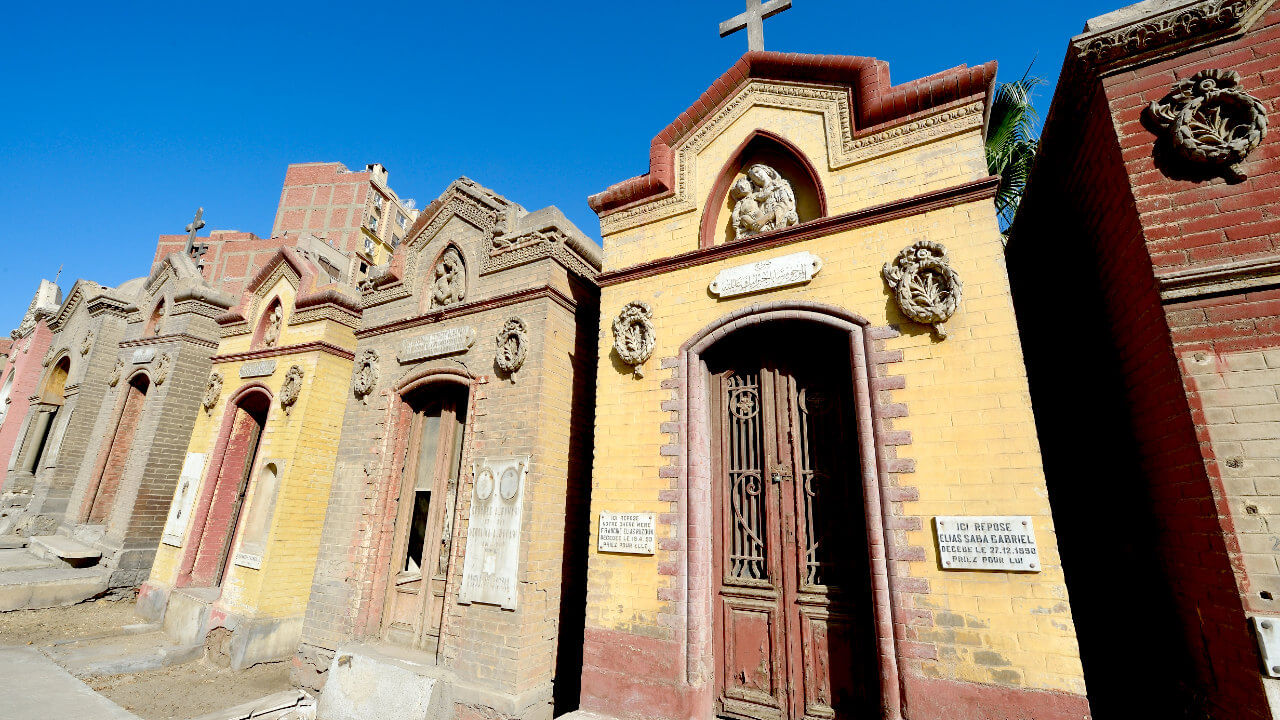
Cemetery Visits
However, Egyptians don’t just try to ‘communicate’ with their dead loved ones through letters. Visiting graves of relatives is also a common practice. It is even really common for most Egyptians to have specific dates that they devote to visiting cemeteries.
Specifically, families gather at the cemetery and start praying or reciting the Quran. They also often bring grave offerings such as fruits, roses and palm tree leaves.
Friday visitations are the norm but there are eight additional designated days annually when Egyptians go to the cemetery. These visitations – also called ziyaras – remain common amongst lower classes but have been abandoned by many Egyptians.
Grave Celebrations
Finally, Egyptians may also visit their local cemetery during celebrations of holy men and women. Traditional religious songs and dhikr – repeating phrases or prayers – often takes place during these events. In large scale celebrations you could even find food and candy stands as well as swings and children playing with toys among the tombstones.
City of the Dead
Beyond just frequently visiting cemeteries, there is also a large number of Egyptians actually living in them. We are of course referring to the famous City of the Dead.
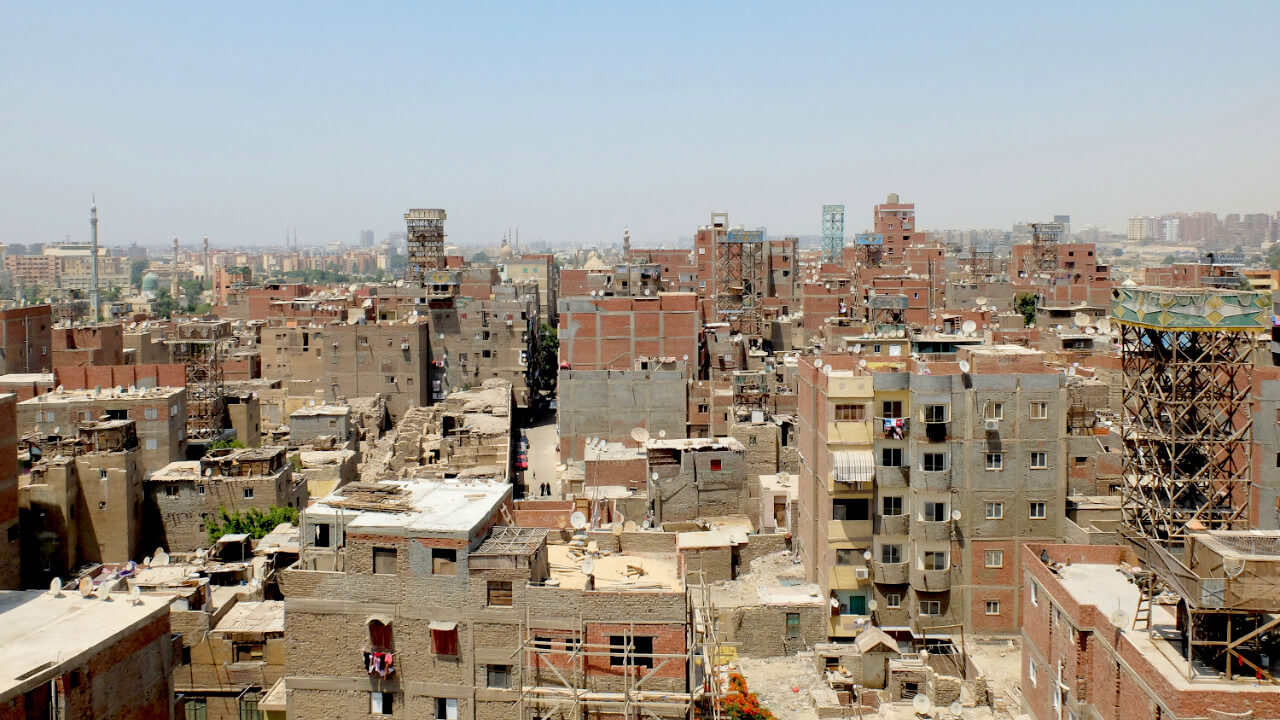
Location
The City of the Dead is located in Cairo and it comprises multiple cemeteries. These cemeteries often belong in different districts of Cairo – called qisms. For instance, the Northern Cemetery is mostly part of the Manshiyat Naser qism, whereas the Southern Cemetery belongs to the Al-Khalifa qism. Additionally, many of these cemeteries pour into urban areas and vice versa, making it, thus, challenging to really differentiate between houses and tombs.
Cairo’s City of the Dead is characterized by blurred boundaries between the Necropolis and city limits, between dead and living
Population
These blurred boundaries make it difficult for the Egyptian government to accurately estimate how many people reside within the City of the Dead. For example, the 1986 census supports that there are over 180.000 Egyptians living in the Necropolis.
Other sources suggest though, that the current population of the City of the Dead could vary from half to two million people. Although researchers see the latter as unrealistic, they support that the population of the two aforementioned districts is no less than 375.000 (2019)!
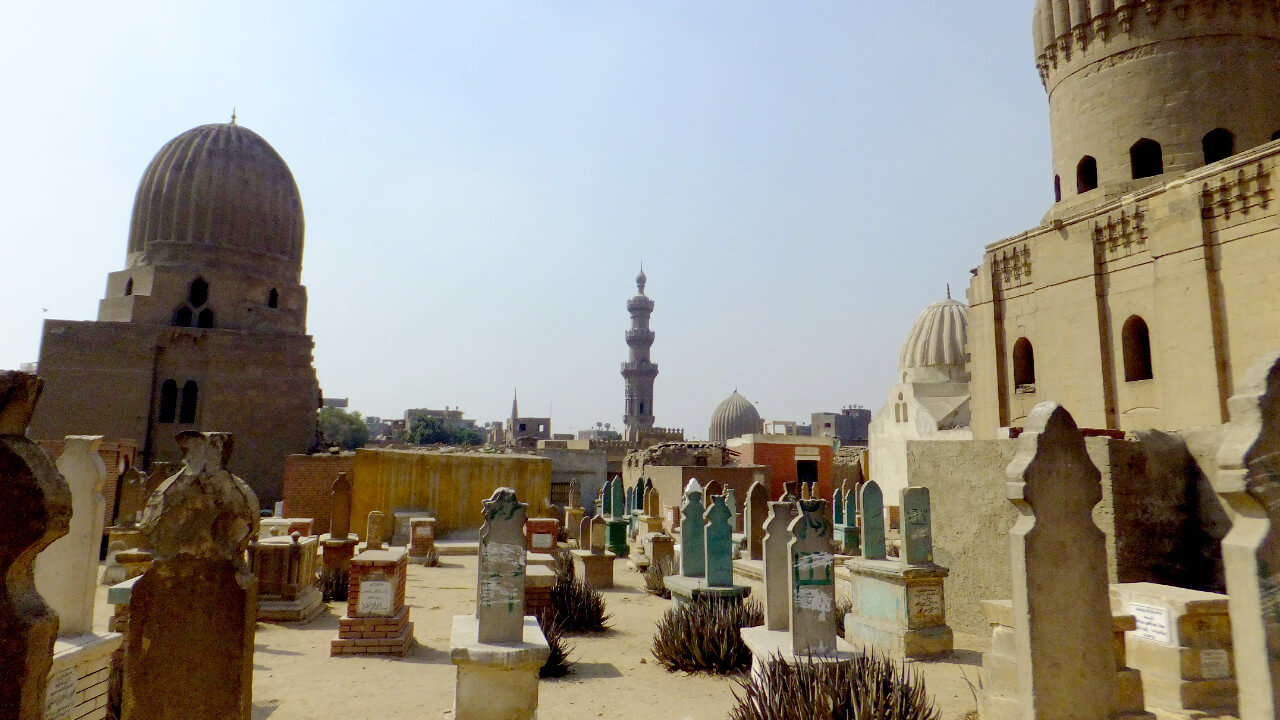
Media & Tomb-dwellers
The City of the Dead reached infamy when the media focused solely on the tomb-dwellers. After all, these are people living among the tombstones or squatting in the mausoleums. As a result, many have proposed that the City of the Dead is a slum. Unlike other stories about tomb-dwellers however, Cairo’s Necropolis is a bit more complex.
Living Conditions
Specifically, most people residing in the City of the Dead actually live in houses that were at some point illegally built within the limits of these cemeteries.
An additional reason for the high concentration of living amongst the dead were various job opportunities. For example, many of these houses were constructed in the 1980s, when death-related professionals needed to reside close to the cemetery. Such professionals included gravediggers, tomb guardians and even morticians.
Finally, the Egyptian government has not adopted a certain approach towards these tomb-dwellers. Although there has been talk of using force to remove them, that has never actually taken place.
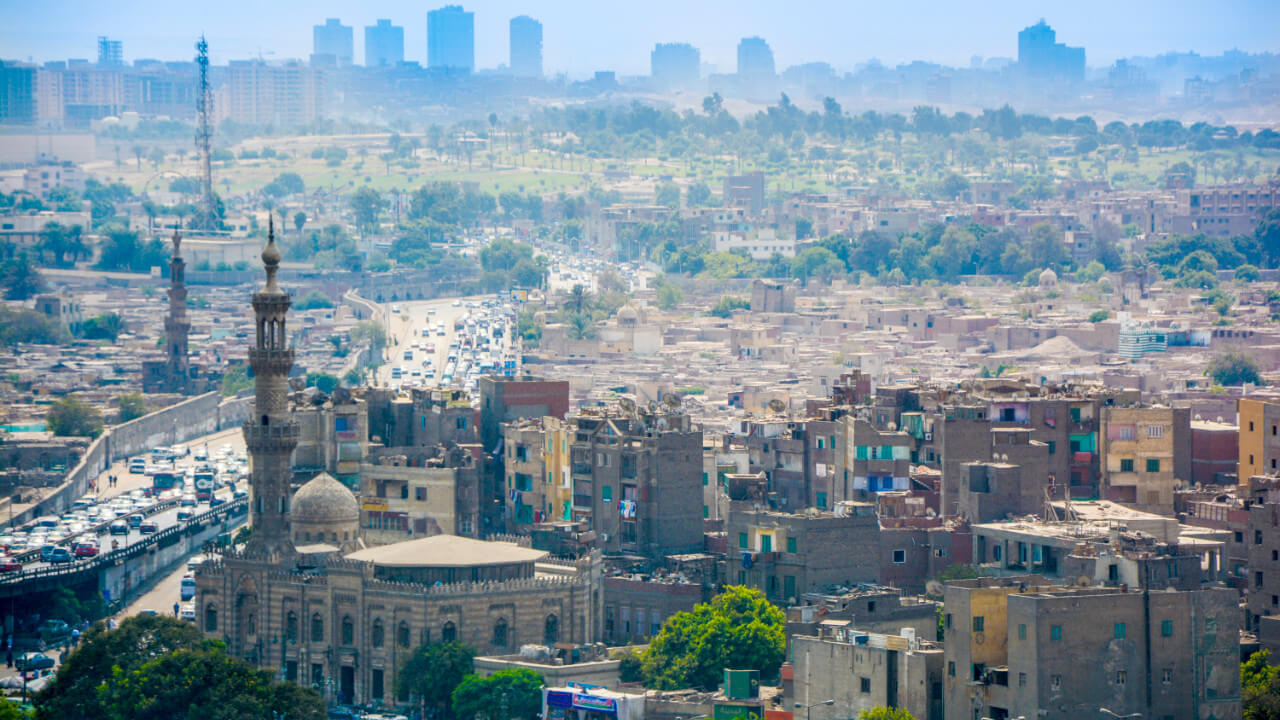
Tomb Keepers - Toraby
Speaking of death-related professionals, it is worth perhaps mentioning the story of the toraby, or tomb keepers.
Some of these tomb keepers support that they would not move out even if the government offered them housing elsewhere in Cairo. Many of the toraby live next to certain tombs with the blessing of the family of the deceased. In some cases they have even struck a deal with these families to take care of the tombstones. After all, being a toraby is not a job paid by the government; instead these Egyptians depend on the donations of relatives of the deceased.
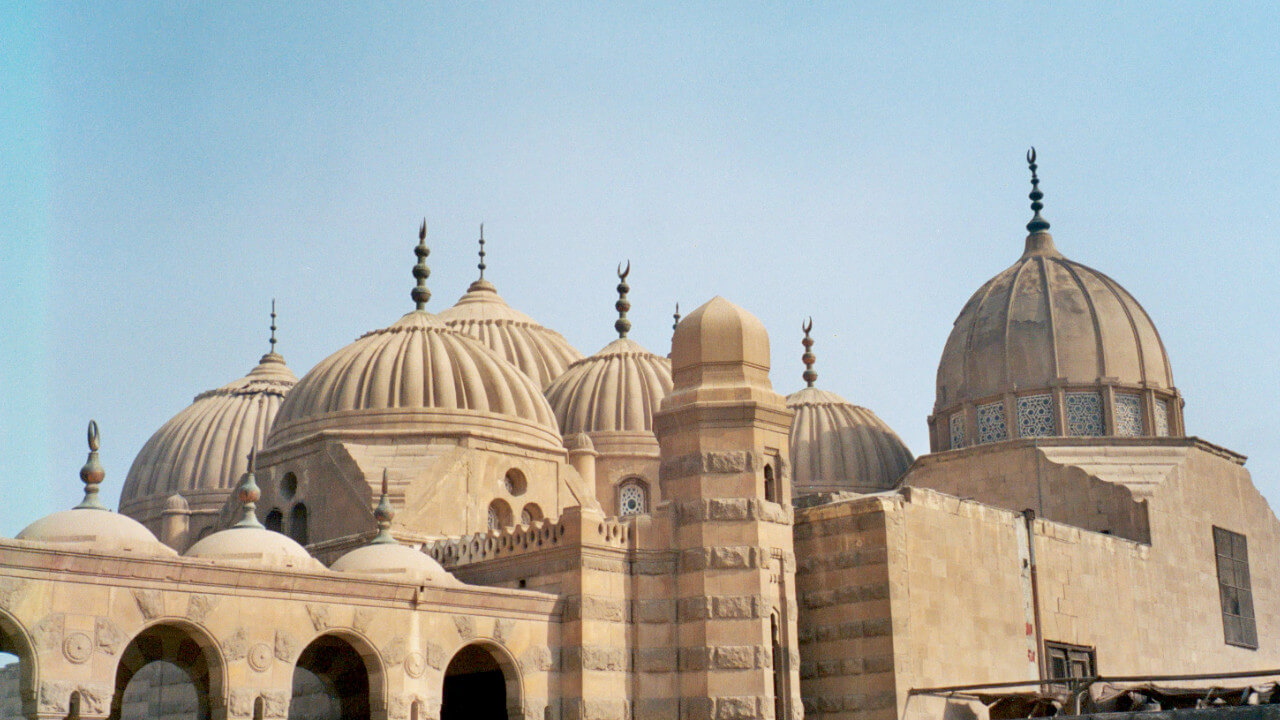
A Diverse Necropolis
Not all of the graves are luxurious or in large mausoleums. Many of the tombs are actually the exact opposite. For instance, they often consist of simple blocks of limestone. The tip of the tombstone is usually adorned with certain carvings indicating the gender of the deceased: turbans for men and braids for women, whereas some tombs have symbols of a crescent moon.
Wooden Tombs
Although these graves are simple and small, they often end up occupying a lot of space. This is a result of the fact that the tombstones are often enclosed with wooden planks. These create a wooden hut of sorts around the tombstone that functions as shelter for the visiting family. Many of these wooden enclosures even have a windcatcher called malqaf. The malqaf is a special opening on the roof that cools down the room.
It is clear that the wooden structures were built for the dead as much as they were for the living. Summing up, all these wooden domes make the City of the Dead look like a Necropolis made of wood.
Stats & Facts
The average mixed death rate in Egypt is 5,778 per 1.000 people (2019).
Islam is the state religion of Egypt. Unsurprisingly, the religion with the most adherents is also Islam with a staggering 90,3%. Most of the Muslim population follows the Sunni school of Islam. There is also a small Shia community in Egypt. When it comes to other religions most Egyptians are Christian – around 10%. They are primarily Coptic Orthodox.
Quranic teachings dictate that a dead Muslim needs to be buried as soon as possible upon their death. Moreover, Egyptians ideally bury their relatives within 24 hours after death and before sundown. As a worst case scenario the deceased has to be buried within three days. Finally, cremation is strictly forbidden in Islam.
The currently available data comes mostly from 2002 and 2003. More recent researches support that about half of the population of Egypt is positive towards organ donation. Although Islamic teachings do not explicitly prohibit posthumous organ donation, some Islamic countries have reached no consensus regarding the status of brain death. As a result, posthumous organ donation can be complicated in these contexts since death itself is defined differently. One of these countries is also Egypt.
Life expectancy
- City of the Dead
- Crude Death Rate / Egypt – World Bank
- Dhikr
- El Kadi, G., & Bonnamy, A. (2007). Architecture for the dead: Cairo’s medieval necropolis. American University. Cairo Press
- Islam in Egypt
- Islamic Cairo
- Living Amongst the dead in Cairo: Egyptian life at Cemeteries
- Metwally, A. M., Abdel-Latif, G. A., Eletreby, L., Aboulghate, A., Mohsen, A., Amer, H. A., … & Chami, N. (2020). Egyptians’ social acceptance and consenting options for posthumous organ donation; a cross sectional study. BMC Medical Ethics, 21(1), 1-14.
- Muslim Funerals and Muslim Ideas about Death and the Soul
- Religion in Egypt
- What are the Egyptian Burial Practices today?
- Michal Huniewicz, CC BY-SA 4.0, via Wikimedia Commons
- © Vyacheslav Argenberg, CC BY 4.0, via Wikimedia Commons
- Ahmed Al Badawy, CC BY-SA 2.0, via Wikimedia Commons
- Marc Ryckaert, CC BY-SA 4.0, via Wikimedia Commons
- OmarJihad, CC BY-SA 4.0, via Wikimedia Commons
- Moh hakem, CC BY-SA 4.0, via Wikimedia Commons
- Gerd Eichmann, CC BY-SA 4.0, via Wikimedia Commons
- Tim Adams, CC BY 3.0, via Wikimedia Commons
- Robert Prazeres, CC BY-SA 4.0, via Wikimedia Commons
- Casual Builder, CC BY-SA 4.0, via Wikimedia Commons
- Ahmed Photographer, CC BY-SA 4.0, via Wikimedia Commons
- Michel Benoist, CC BY-SA 3.0, via Wikimedia Commons
- © Vyacheslav Argenberg, CC BY 4.0, via Wikimedia Commons
- Remonnessem, CC BY-SA 4.0, via Wikimedia Commons
- PaFra, CC BY-SA 3.0, via Wikimedia Commons
- youssef_alam, CC BY 3.0, via Wikimedia Commons

